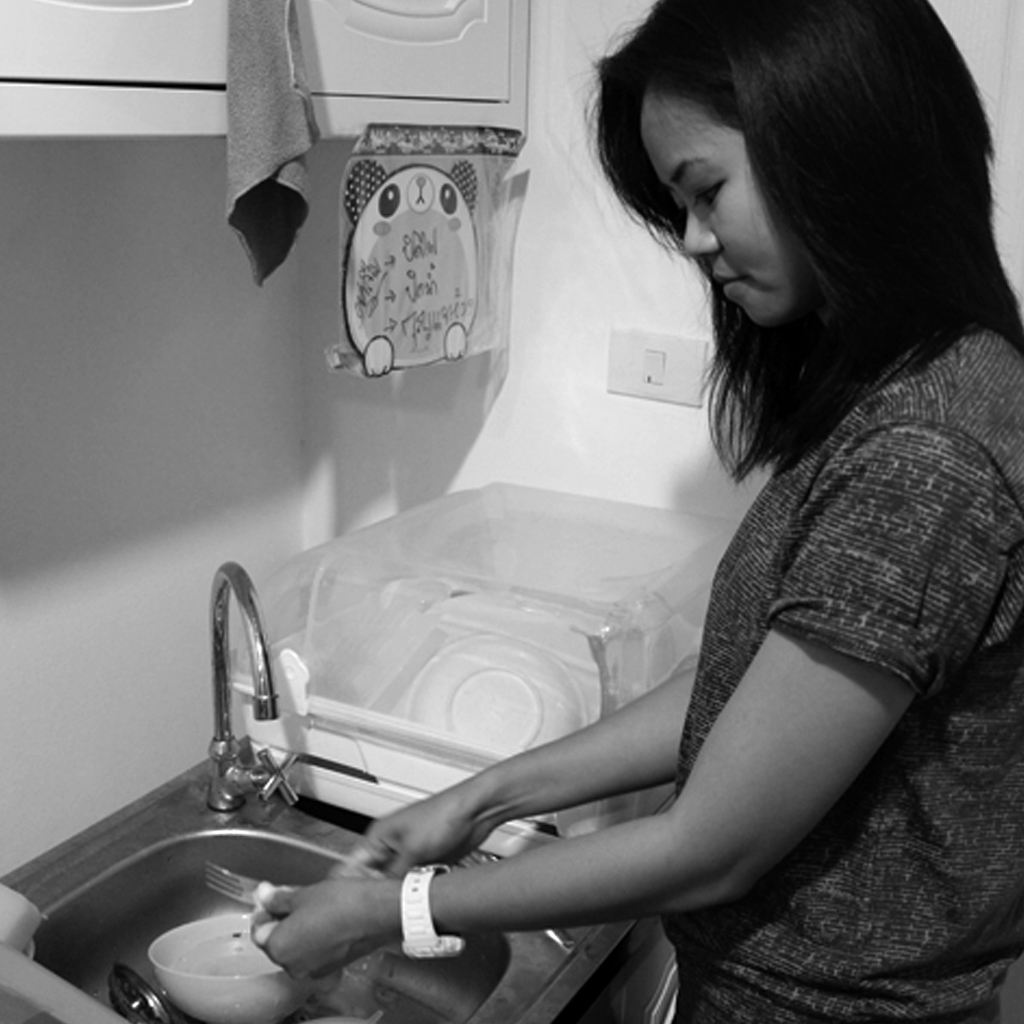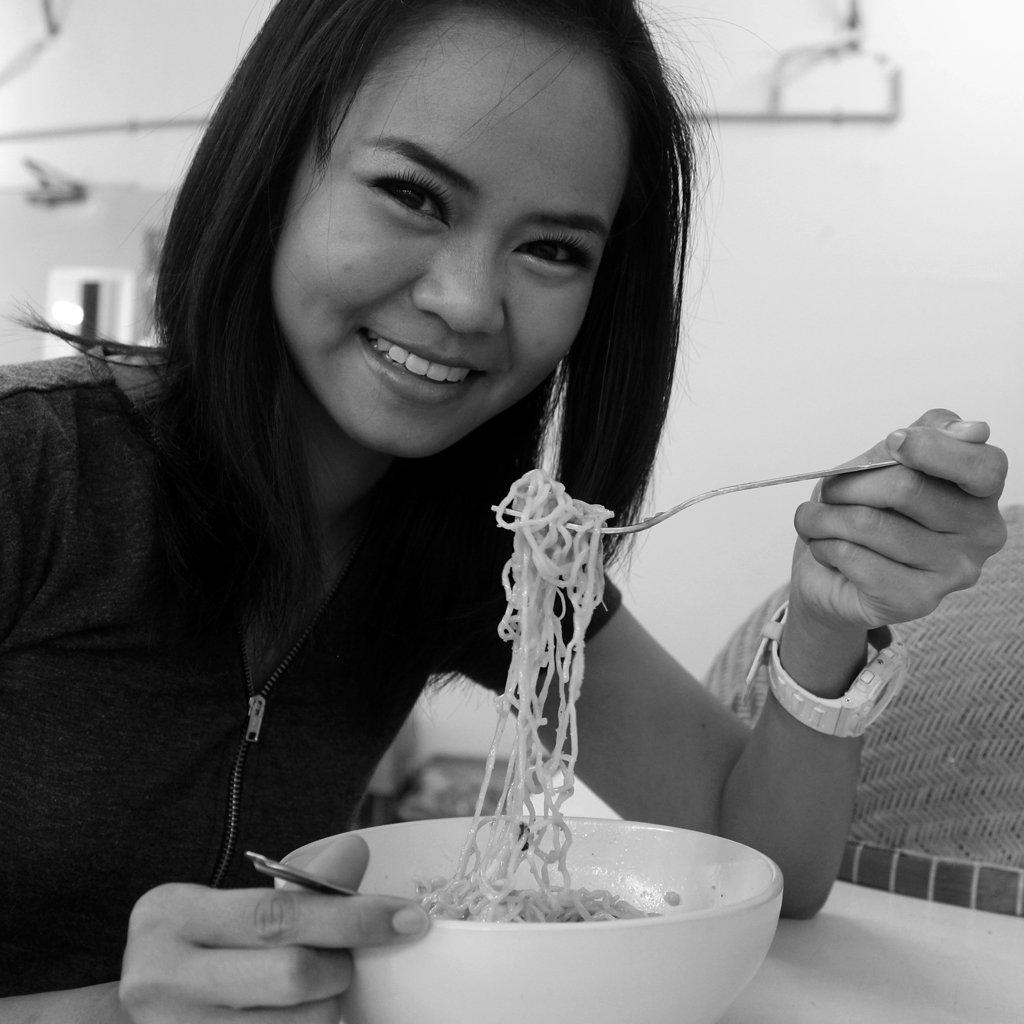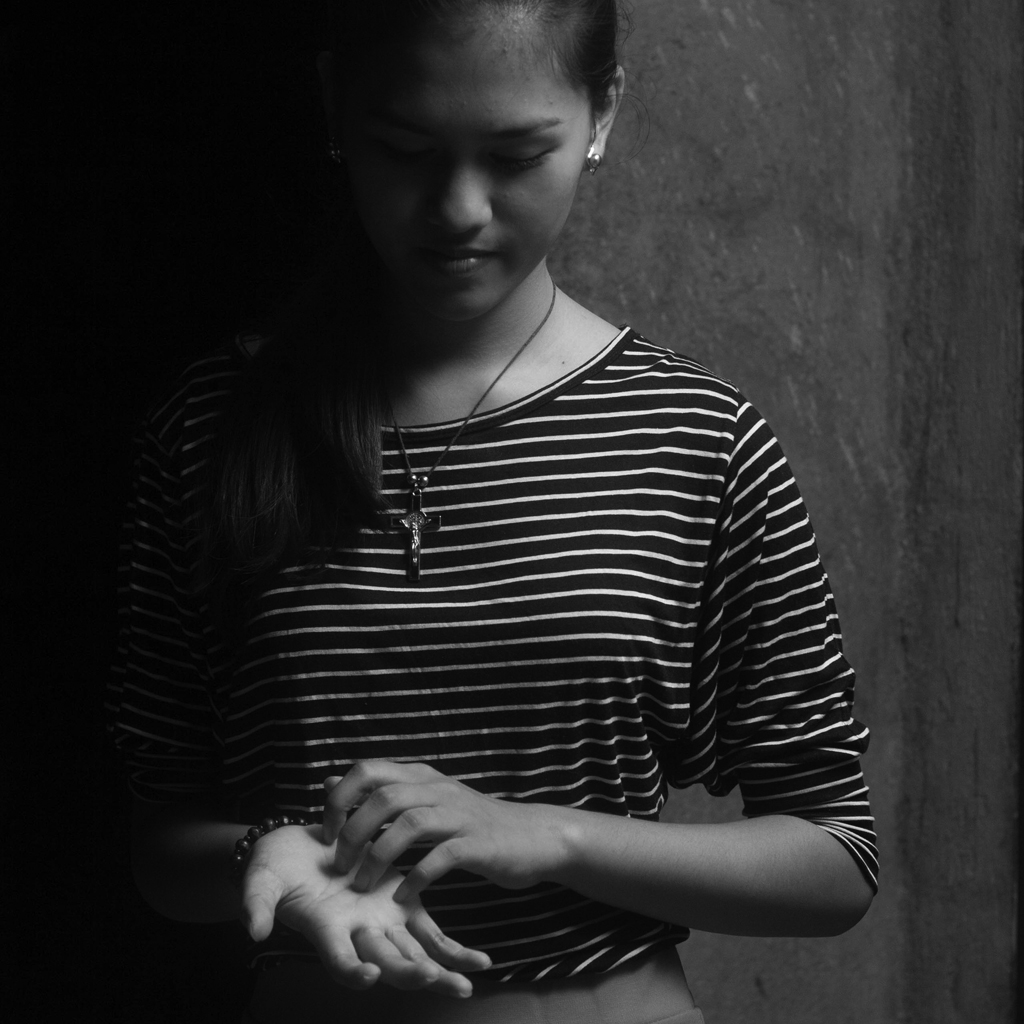In the context of puja, bowing refers to the act of raising one’s hands together (anjali) and lowering one’s head in a gesture of homage and humility. As a devotional act, one bows to the Buddha’s likeness in a statue, to a stupa (a pagoda that enshrines bodily relics of the Buddha) or to the Bodhi tree. Traditionally, one also bows to parents, teachers, the elderly and monastics.
When bowing before a sacred object such as a Buddha statue, one usually bows three times, recalling with the first bow the Buddha, then the Dhamma and then the Sangha. One may simply offer a head-lowered bow with palms-together hands held in front of one’s heart or forehead, or one may move one’s hands in a single flowing movement from the head to the lips to the chest (representing thought, speech and body). More formally, one may bow with a series of head-to-floor prostrations.



No Comments